At Trepechy Jewels, we believe that understanding the journey of a diamond and its unique characteristics enhances the appreciation of its beauty. This page provides an in-depth look at the fascinating process of diamond formation, extraction, and transformation, as well as a detailed guide on the 4 C’s of diamonds, their various shapes, and their roles in jewelry.
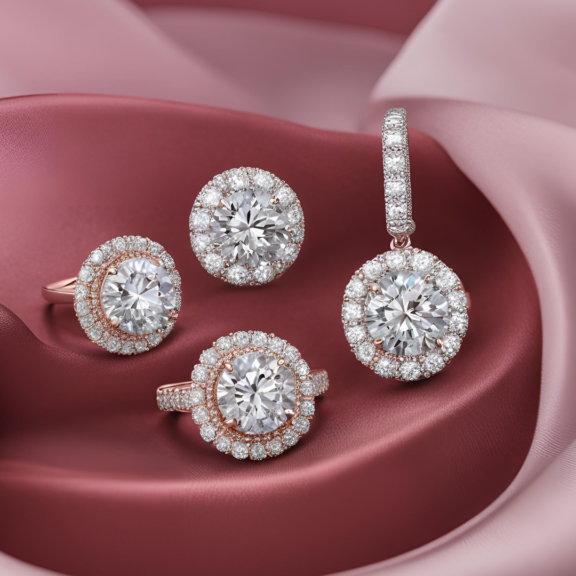
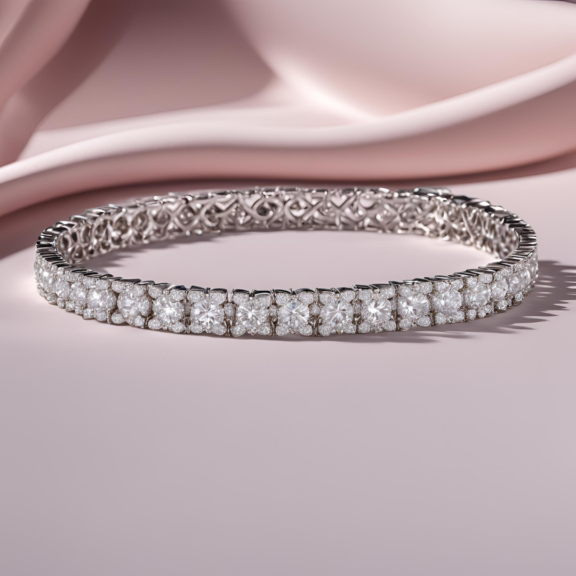
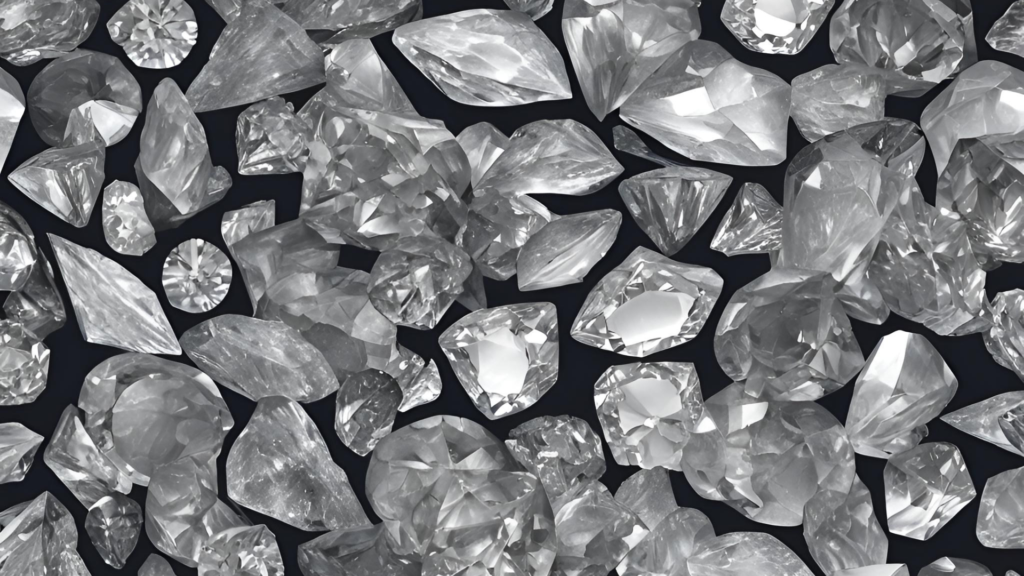
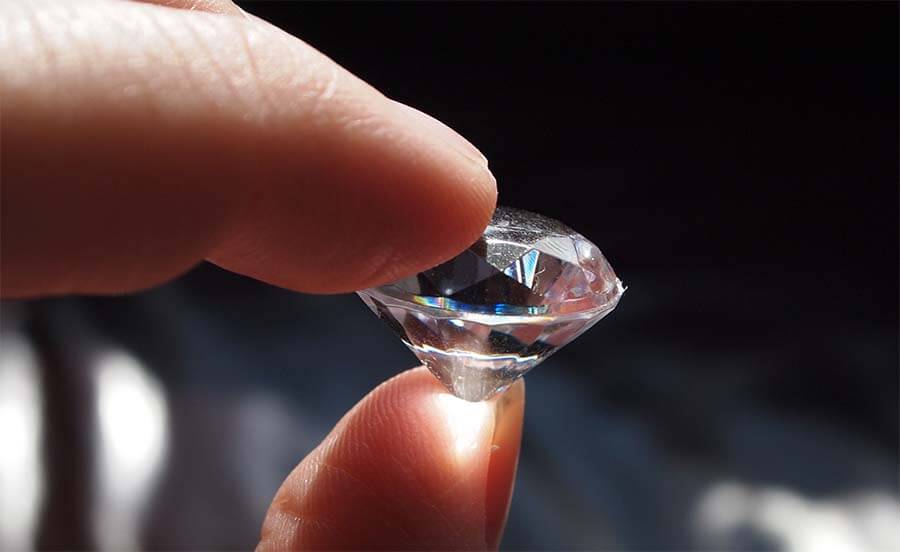
The Journey of a Diamond
Diamonds are formed deep within the Earth’s mantle under intense heat and pressure over billions of years. These precious gems are brought closer to the Earth’s surface through volcanic eruptions, where they are deposited in kimberlite pipes. Major diamond mining operations occur in countries such as Russia, Botswana, Canada, and South Africa. The extraction process begins with locating kimberlite pipes through geological surveys and sampling. Once a potential site is identified, mining operations commence, which involve excavating the rock and transporting it to processing plants. Here, advanced techniques such as crushing, screening, and washing are employed to separate diamonds from the surrounding material.
Once the rough diamonds are extracted, they undergo a series of meticulous processes to transform them into the dazzling polished gems we admire. The initial step is sorting, where diamonds are categorized based on their size, shape, color, and quality. This is followed by planning, a critical phase where skilled gemologists analyze each rough diamond to determine the optimal way to cut it, maximizing both brilliance and yield while minimizing waste. The rough diamond is then either cleaved or sawed into smaller pieces, a delicate operation that requires precision. Next, the diamond is bruted to form its basic shape, typically a round one. The final and most crucial step is faceting, where the diamond’s facets are meticulously cut and polished to enhance its brilliance and sparkle. After this transformation, the polished diamonds undergo a thorough inspection and grading process based on the 4 C’s: Cut, Color, Clarity, and Carat Weight.
The 4 C's of Diamonds
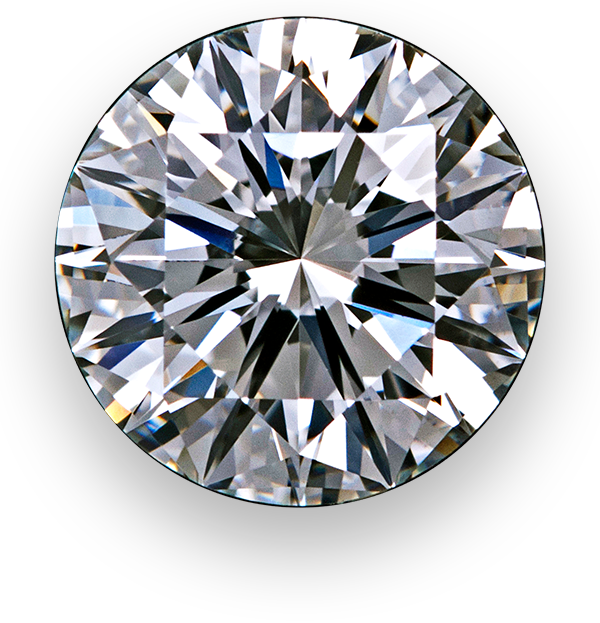
Cut
The cut of a diamond is perhaps the most crucial aspect that influences its beauty. It refers not to the shape of the diamond, but to how well it has been cut and faceted. A well-cut diamond reflects light internally from one facet to another, dispersing it through the top of the stone, creating a breathtaking sparkle. The cut grade ranges from Excellent to Poor. An Excellent cut maximizes the diamond’s brilliance and sparkle, making it highly desirable. Very Good and Good cuts offer a high level of brilliance with minor imperfections that are often invisible to the naked eye. Fair and Poor cuts, on the other hand, have noticeable imperfections that affect the diamond’s ability to reflect light, resulting in less brilliance and sparkle.
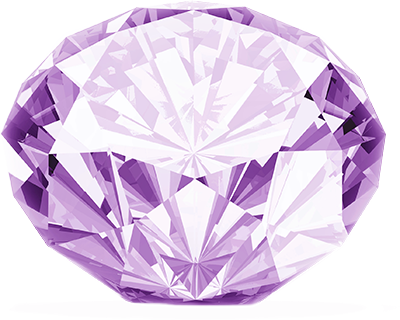
Color
Diamonds are graded based on the absence of color. The color scale ranges from D (completely colorless) to Z (light yellow or brown). Colorless diamonds (grades D-F) are extremely rare and therefore highly prized. They reflect the most light, providing exceptional brilliance. Near-colorless diamonds (grades G-J) also offer great value, displaying minimal color that is often undetectable to the untrained eye. Diamonds with faint (grades K-M), very light (grades N-R), and light color (grades S-Z) possess a noticeable tint, which can affect their value. However, these diamonds can still be beautiful, especially when set in certain types of jewelry that complement their unique hue.
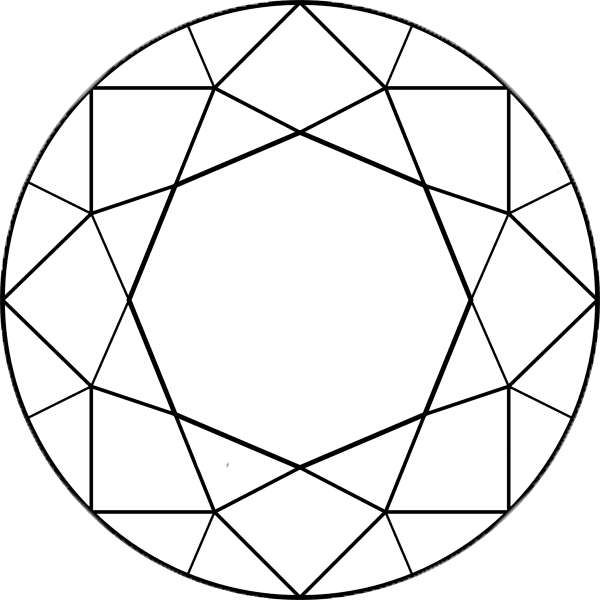
Clarity
Clarity refers to the presence of internal inclusions and external blemishes in a diamond. The fewer the imperfections, the higher the clarity grade. The clarity scale ranges from Flawless (FL), where no inclusions or blemishes are visible under 10x magnification, to Included (I1, I2, and I3), where inclusions and blemishes are visible to the naked eye. Internally Flawless (IF) diamonds have no inclusions but may have minor blemishes. Very, Very Slightly Included (VVS1 and VVS2) diamonds contain minute inclusions that are extremely difficult to see under 10x magnification. Very Slightly Included (VS1 and VS2) diamonds have minor inclusions that are slightly more noticeable. Slightly Included (SI1 and SI2) diamonds have noticeable inclusions under magnification, but these do not usually affect the diamond’s overall appearance. Included diamonds have obvious inclusions that can impact their brilliance and durability.
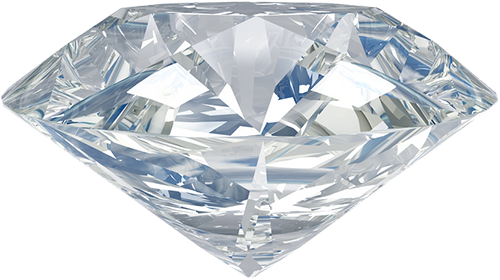
Carat Weight
Carat weight measures the size of a diamond. One carat is equivalent to 200 milligrams. Larger diamonds are rarer and thus more valuable, but two diamonds of equal carat weight can have very different values depending on their cut, color, and clarity. Carat weight is further subdivided into points, with one carat being equal to 100 points. For example, a 0.50-carat diamond is equivalent to 50 points. While carat weight is an important factor, it is essential to consider the overall quality of the diamond, as a well-cut smaller diamond can often be more stunning than a larger one with poor cut or clarity.
Diamond Shapes
Diamonds come in various shapes, each offering unique characteristics and appeal. The most popular shape is the round diamond, known for its exceptional brilliance and traditional charm. Round diamonds are cut to maximize their light performance, making them the most sought-after choice for engagement rings and other fine jewelry. Princess-cut diamonds are square or rectangular with pointed corners and brilliant facets, offering a modern yet classic look. Emerald-cut diamonds are rectangular with a large table and step-cut facets that create a sophisticated, elegant appearance.
Oval diamonds are an elongated version of the round cut, providing a larger appearance and a unique, elegant look. Marquise diamonds are football-shaped with pointed ends, which create the illusion of a larger size and are perfect for those seeking a distinctive, eye-catching piece. Pear-shaped diamonds, also known as teardrop diamonds, combine the round and marquise styles to create a beautiful, feminine shape. Cushion-cut diamonds are square or rectangular with rounded corners and large facets that enhance their brilliance, offering a vintage appeal. Asscher-cut diamonds are similar to emerald cuts but are square-shaped with step-cut facets, giving them a unique, art-deco style. Radiant-cut diamonds are square or rectangular with brilliant-cut facets, providing vibrant sparkle and a modern look. Heart-shaped diamonds are a romantic choice, perfect for expressing love and affection through jewelry.
Diamond Certification: Ensuring Quality and Authenticity
Diamond certification is a meticulous process conducted by independent gemological laboratories to assess and document the quality and characteristics of a diamond. This certification, often referred to as a diamond grading report, provides an unbiased evaluation of a diamond’s attributes, such as its Cut, Color, Clarity, and Carat Weight (the 4 C’s). A certified diamond comes with a report that guarantees its quality and authenticity, ensuring buyers can make informed decisions. Prominent gemological laboratories like the Gemological Institute of America (GIA) and the International Gemological Institute (IGI) are renowned for their stringent grading standards and reliable certification processes.
The certification process begins with the submission of a diamond to a gemological laboratory. The diamond is assigned a unique identification number and undergoes an initial assessment and registration. Gemologists conduct an initial examination to assess the diamond’s basic characteristics, including its shape, measurements, and weight. Advanced equipment is used to capture precise measurements and photographs of the diamond. The detailed grading process involves a comprehensive evaluation of the diamond’s cut, color, and clarity. The diamond’s cut is assessed based on its proportions, symmetry, and polish, using sophisticated tools to analyze how well the diamond reflects and refracts light. The cut grade ranges from Excellent to Poor, indicating the diamond’s overall brilliance and sparkle. The diamond’s color is determined by comparing it against a set of master stones under controlled lighting conditions. The color scale ranges from D (completely colorless) to Z (noticeable color), with colorless diamonds being highly prized and those with noticeable color graded lower. Clarity is examined using 10x magnification to identify internal inclusions and external blemishes. The clarity grade ranges from Flawless (no inclusions or blemishes visible under 10x magnification) to Included (inclusions and blemishes visible to the naked eye). Each characteristic is meticulously documented, ensuring that the final report provides a comprehensive and accurate representation of the diamond’s quality.
Prominent certification bodies like the GIA and IGI have set industry standards for diamond grading. The GIA, founded in 1931, is renowned for its rigorous grading standards and comprehensive educational programs. A GIA certificate provides an extensive report detailing the diamond’s 4 C’s, along with additional information such as fluorescence and any treatments the diamond may have undergone. The IGI, established in 1975, is also highly respected for its consistency and precision in diamond grading. An IGI certificate includes a detailed analysis of the diamond’s characteristics, providing assurance of the diamond’s authenticity and quality.
In summary, diamond certification is a crucial process that provides transparency and confidence to buyers. Certified diamonds come with a detailed grading report from reputable laboratories like the GIA and IGI, guaranteeing their quality and authenticity. This process not only protects consumers but also upholds the integrity of the diamond industry, ensuring that each diamond’s true value is accurately represented.
Diamonds in Jewelry
Diamonds are a timeless symbol of luxury, beauty, and eternal love, making them a popular choice for various types of jewelry. Engagement rings often feature a single diamond or a central stone surrounded by smaller accent diamonds, symbolizing the promise of love and commitment. Wedding bands typically include smaller diamonds set in a continuous line or intricate patterns, representing the unbroken bond of marriage.
Earrings come in a variety of designs, from classic diamond studs that highlight the stone’s brilliance to elaborate chandelier earrings that make a statement. Necklaces and pendants featuring single or multiple diamonds add a touch of elegance and sophistication to any outfit. Diamond bracelets, such as the iconic tennis bracelet, showcase the gem’s beauty in a continuous line of sparkle around the wrist. Brooches and pins adorned with diamonds can elevate any attire, adding a touch of glamour and refinement.
At Trepechy Jewels, we are committed to providing the highest quality diamonds and exceptional craftsmanship. Our knowledgeable team is here to assist you in selecting the perfect piece that matches your style and preference. Explore our collection and discover the timeless beauty of diamonds, crafted to perfection and designed to be cherished for a lifetime.

